Your home is supposed to be a safe haven, but it may be harboring hidden dangers that could negatively impact your health. From mold harboring on windows to household cleaners triggering allergies we look at 20 worrying ways your home could be making you sick.
Mold and Mildew
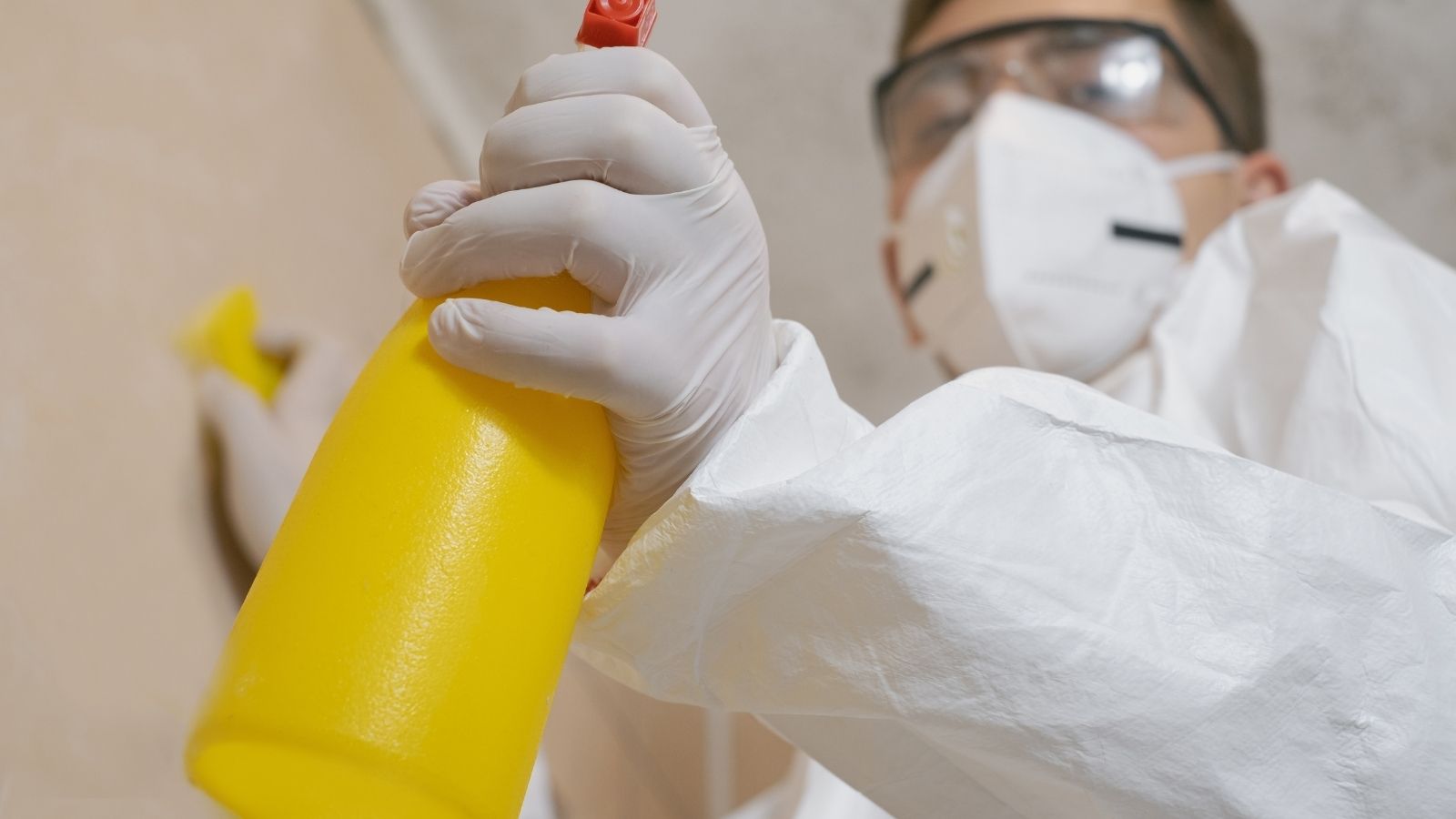
Mold and mildew thrive in damp environments, such as bathrooms, basements, and kitchens. It’s important to look for signs of mold on walls and doors to limit your exposure as mold spores can trigger allergic reactions, asthma attacks, and other respiratory infections. Search for musty odors, water stains, or condensation on windows and clean at the first sign to stop it growing. You should also ventilate your home frequently and use dehumidifiers, and mold-resistant paint to reduce the risk.
Indoor Air Pollution
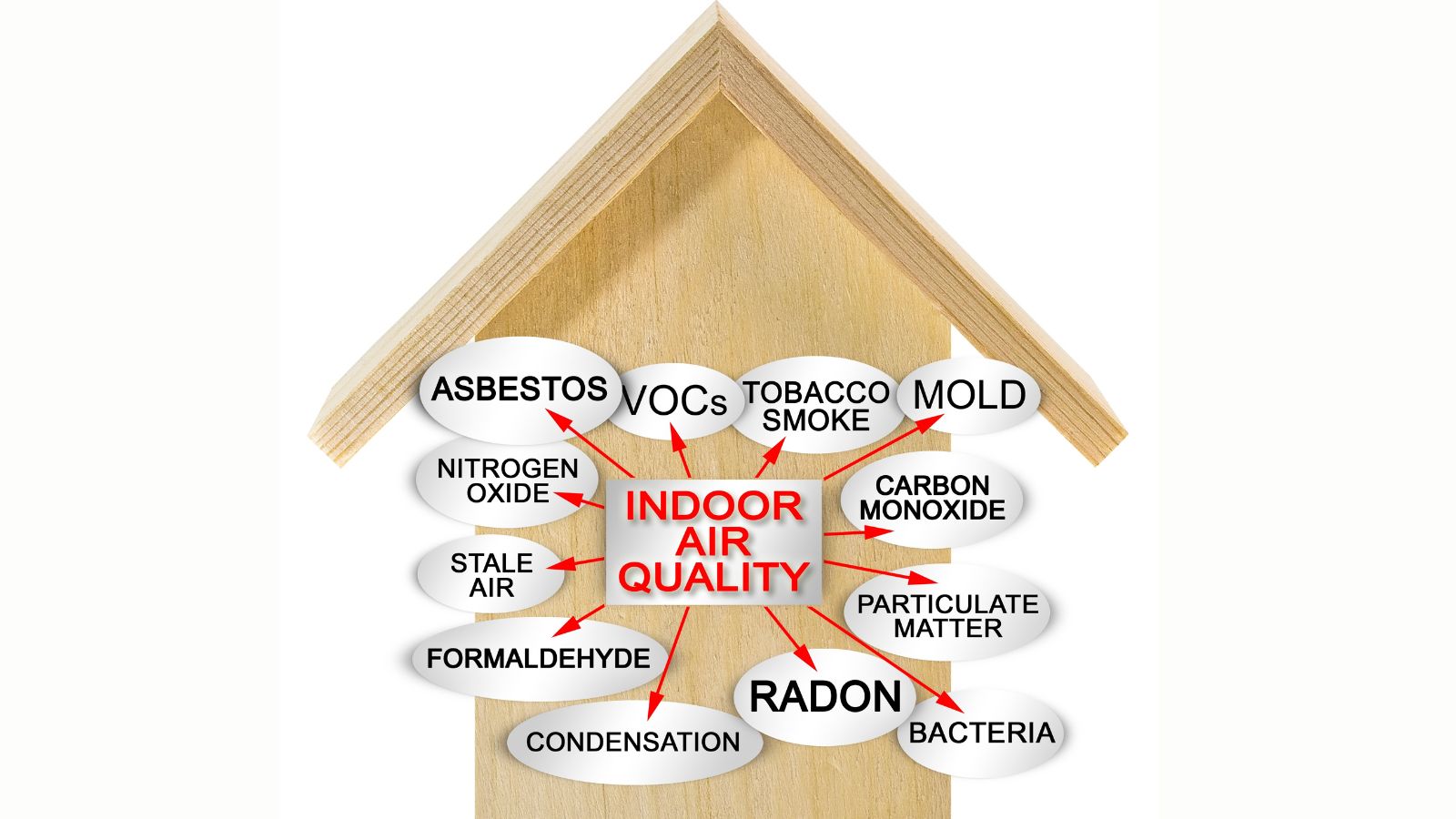
The air inside your home can be more polluted than outdoor air, thanks to dust, pet dander, volatile organic compounds (VOCs), and chemical fumes from furniture or paint. Poor ventilation can trap these contaminants, leading to respiratory problems, headaches, and allergies, but using air purifiers and opening windows can improve air quality.
Dust Mites
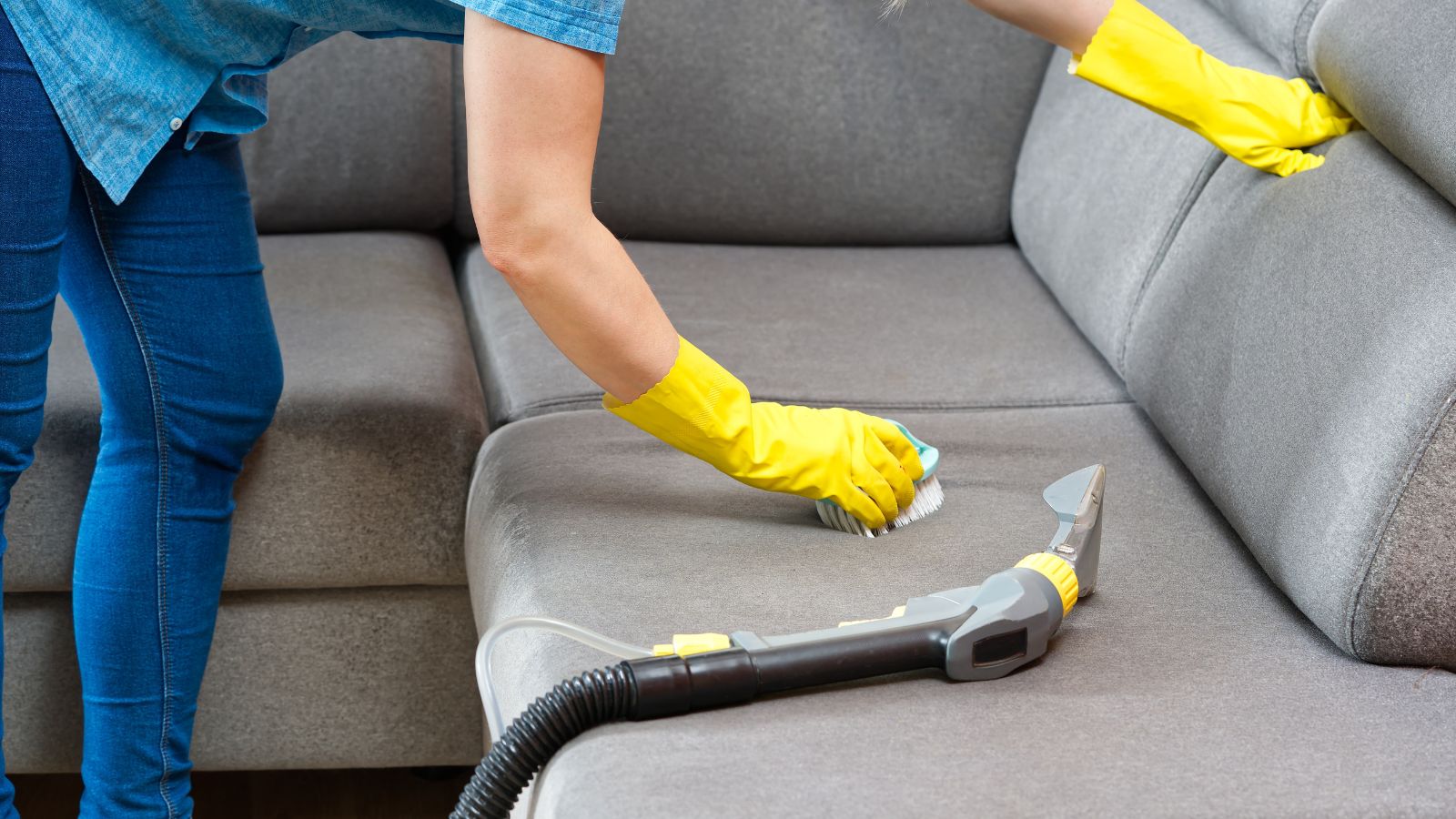
Dust mites are microscopic pests that thrive in bedding, carpets, and upholstered furniture, feeding on dead skin cells. Their droppings and body parts can cause allergic reactions and worsen asthma symptoms, which is why you should wash your bedding regularly in hot water and vacuuming your mattresses and carpets with a HEPA filter.
Household Cleaners
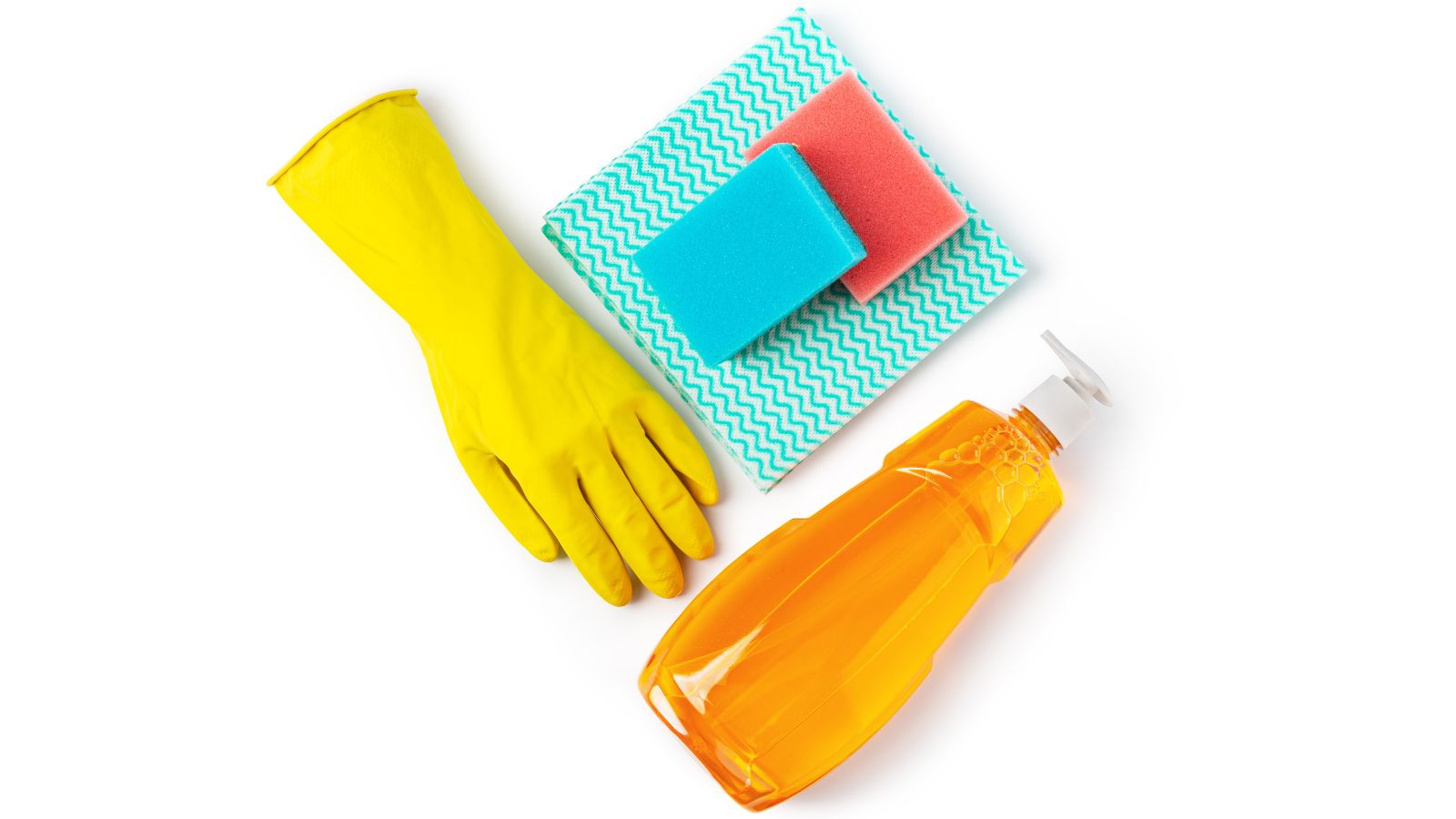
Many common cleaning products contain harsh chemicals like ammonia, chlorine, and phthalates, which can cause skin irritation and respiratory problems. Using natural cleaning solutions, such as vinegar and baking soda, can help keep your home clean without harming your health or look out for eco-friendly options at the grocery store as they are usually free of toxins.
Carbon Monoxide

Carbon monoxide (CO) is a colorless, odorless gas that can be deadly when inhaled in high concentrations. This gas can leak from stoves, furnaces, fireplaces, and water heaters and can cause headaches, dizziness, nausea, and confusion so you should install CO detectors and ensure your house has enough ventilation.
Lead Paint
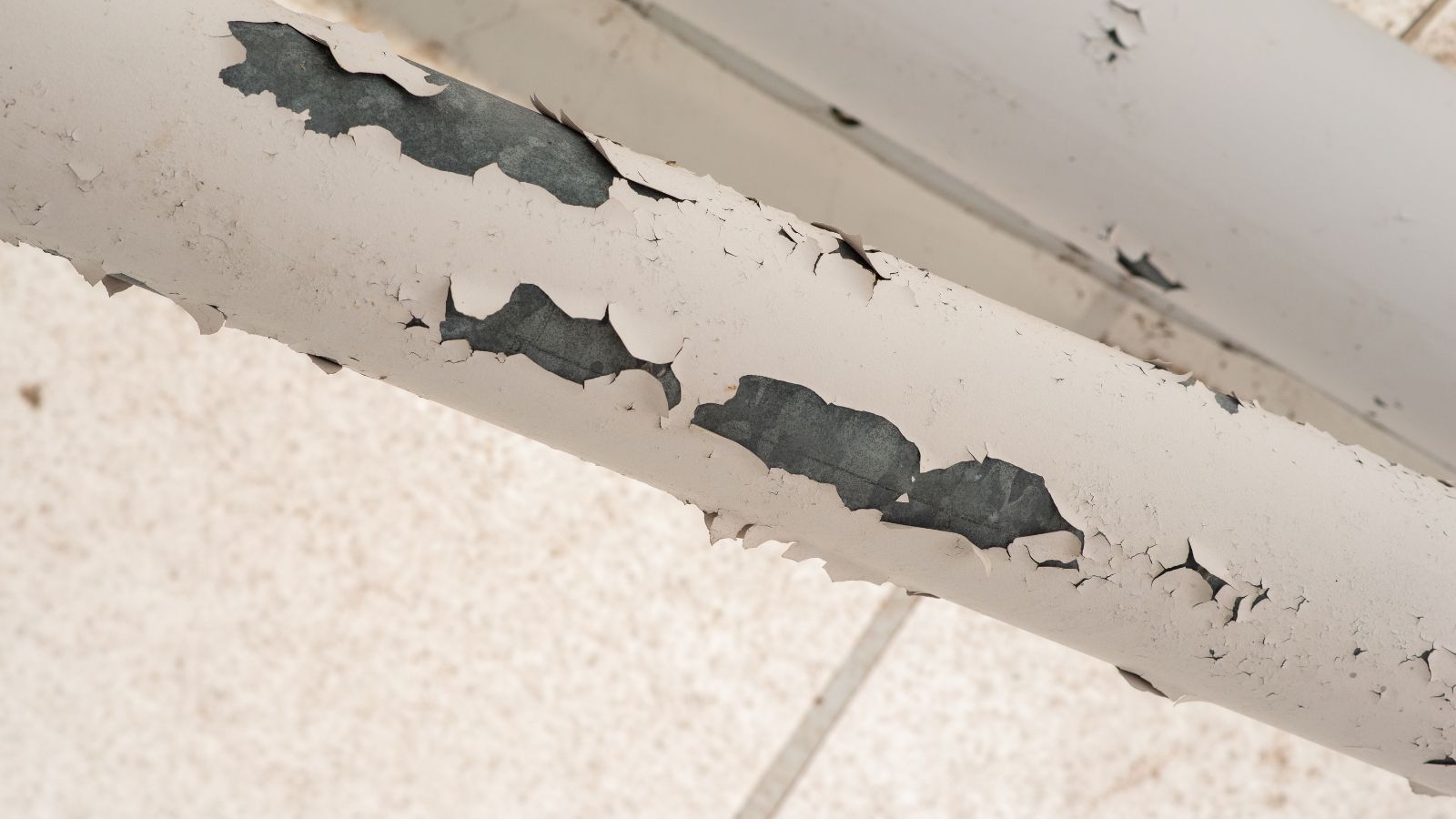
Homes built before 1978 may have lead-based paint, which can deteriorate into dust and pose a severe health risk, especially to children. Lead exposure can lead to developmental delays, neurological issues, and even kidney damage, which is why professional testing and lead-safe renovations are essential for older homes.
Radon Gas

Radon is a naturally occurring radioactive gas that poses a serious health risk. The gas can seep into homes through foundation cracks and long-term exposure is the second leading cause of lung cancer. You can protect yourself and your family by using a radon testing kit and if you have a high risk of exposure, you can install a mitigation system.
Asbestos
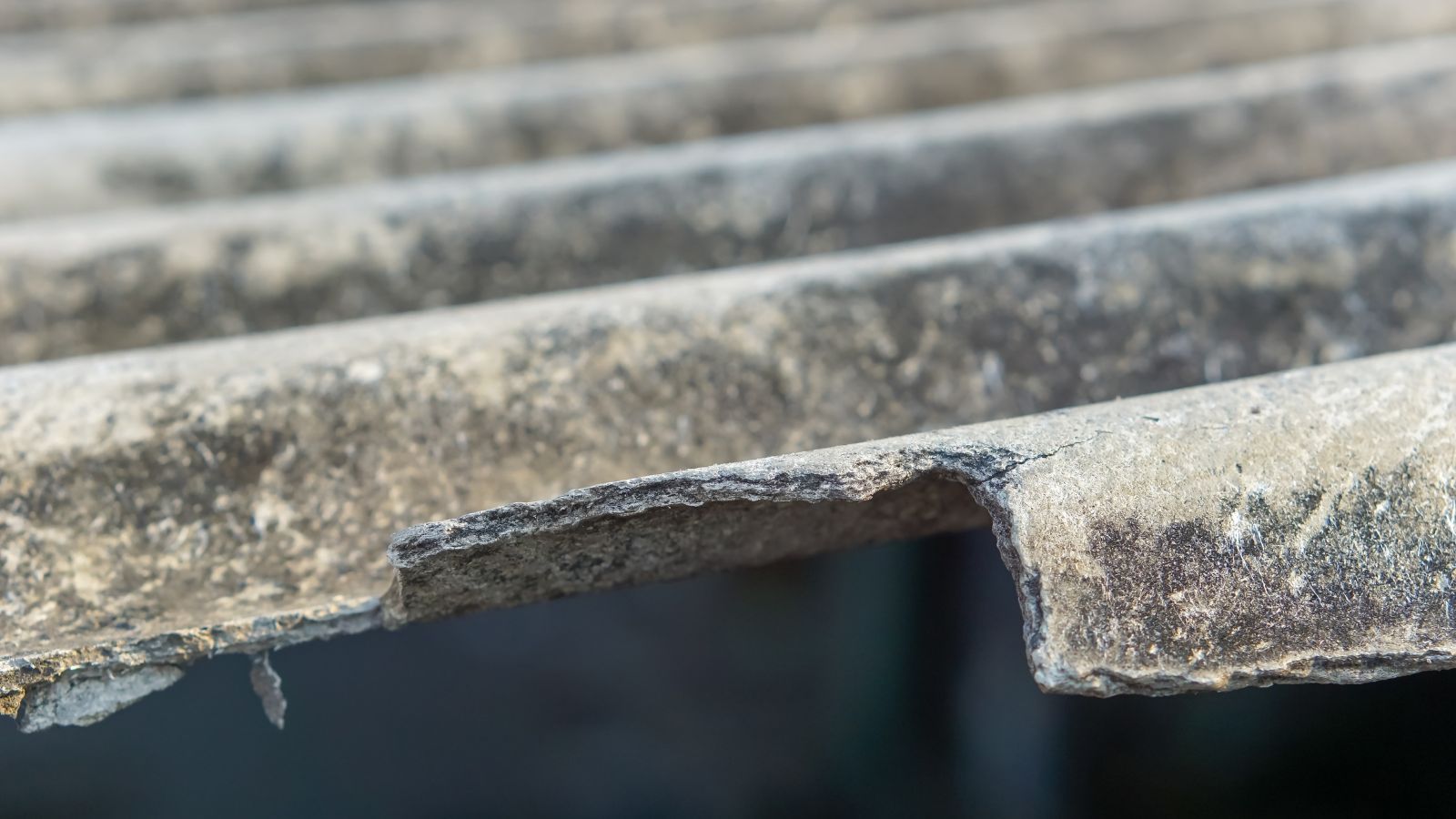
Common in older homes, asbestos was once used in insulation, roofing, and flooring materials. When disturbed, asbestos fibers become airborne and can cause lung diseases, including mesothelioma if you breathe it in. If you suspect asbestos in your home, contact professionals for safe removal and cleaning as it’s too big a risk to do it yourself.
Pet Dander
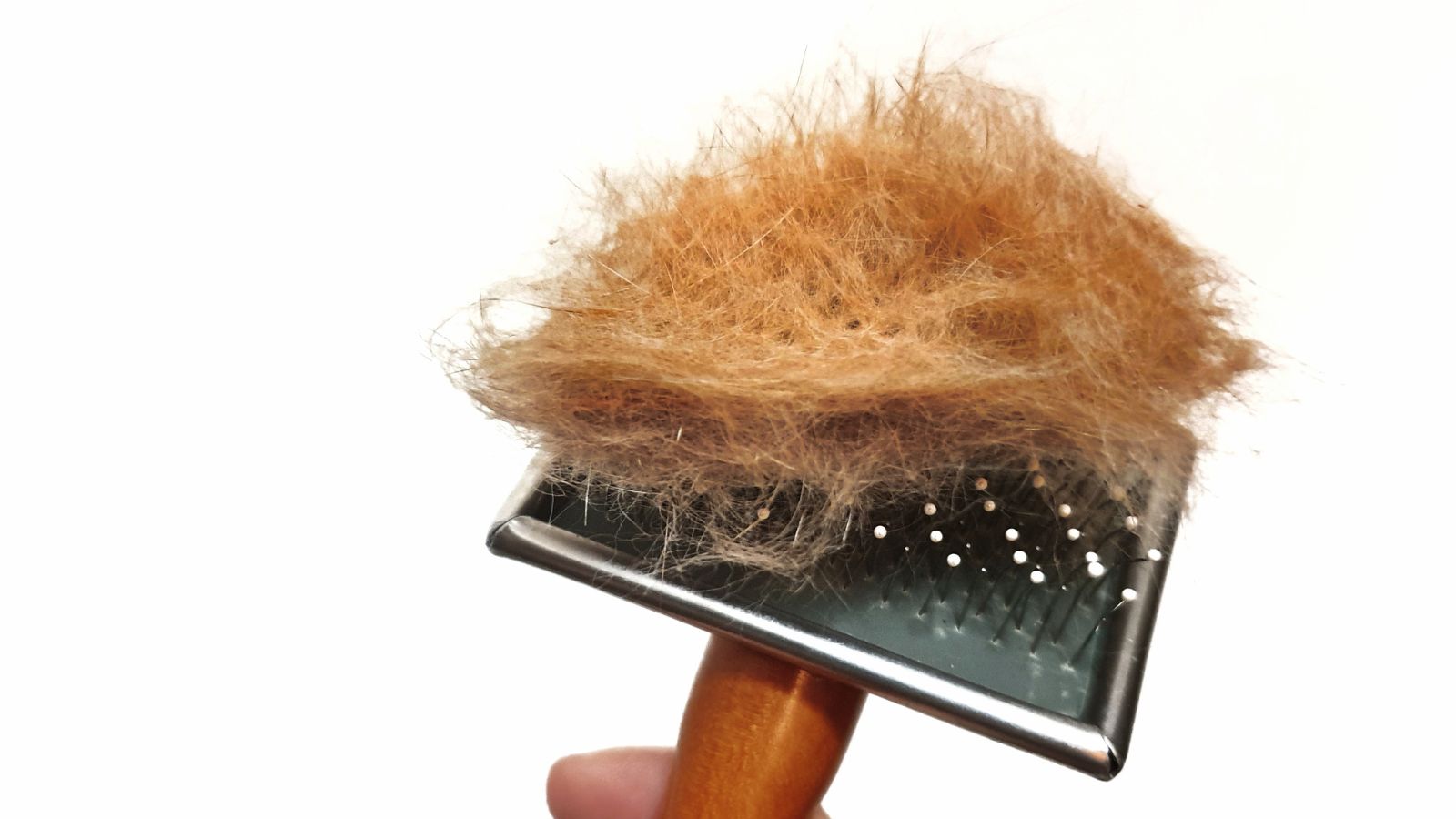
Even if you’re not allergic, pet dander can contribute to poor indoor air quality, causing congestion, sneezing, and eye irritation. You should groom your dogs regularly and keep on top of vacuuming as well as using HEPA air filters to minimize buildup of dander.
Pesticides
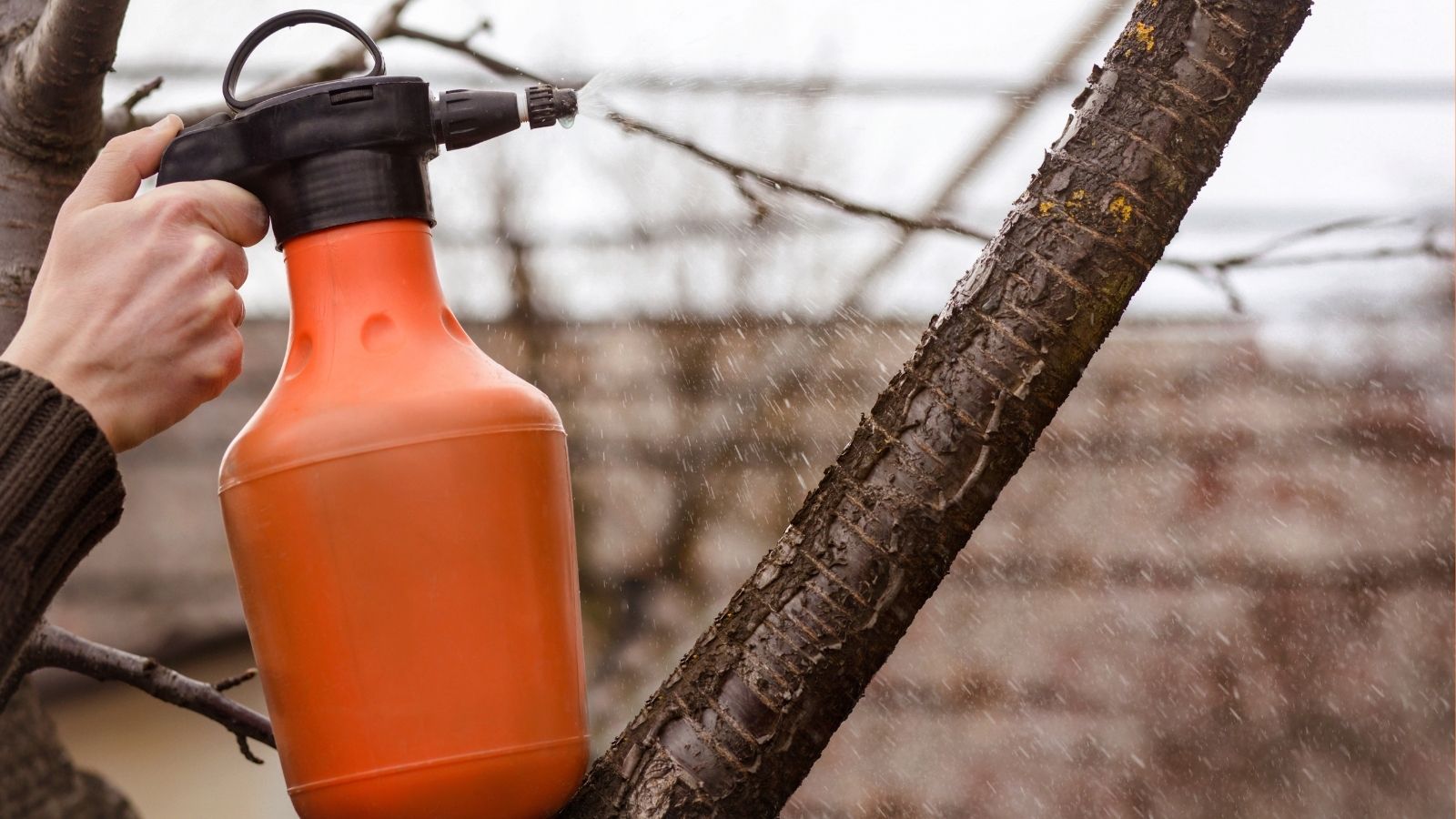
Residues from pesticides used indoors or in gardens can linger on surfaces and in the air, causing skin irritation, nausea, and even neurological effects. Using natural pest control methods and washing fruits and vegetables thoroughly can reduce exposure.
Contaminated Water

Tap water may contain contaminants such as lead, chlorine, bacteria, and heavy metals, which can lead to stomach issues and other long-term health problems. Installing water filters and regularly testing your water supply can make sure your drinking water is safe and, if in doubt, you can use bottled water.
Electromagnetic Fields (EMFs)

Some studies suggest a link between electromagnetic fields from devices like Wi-Fi routers and cell phones, and health issues such as sleep disturbances and headaches, as well as potential long-term effects. Reducing screen time before bed, using wired connections, and keeping devices away from sleeping areas can help minimize exposure.
Poor Lighting

Insufficient natural light or excessive exposure to artificial blue light can disrupt circadian rhythms, leading to sleep disturbances, eye strain, and headaches. Maximizing natural light and using warm-toned lighting in the evening can promote better sleep and overall health.
Noise Pollution

Constant exposure to noise from traffic, appliances, or electronic devices can increase stress levels, disrupt sleep, and contribute to cardiovascular problems. Using noise-canceling curtains, soundproofing, or white noise machines can help drown out noise pollution and protect your ears.
Clutter and Mental Health

A cluttered home can lead to increased stress, anxiety, and even depression, with excess items creating visual noise, making it harder to relax. Decluttering regularly, organizing your spaces, and taking a minimalist approach can help improve mental well-being.
Gas Stoves
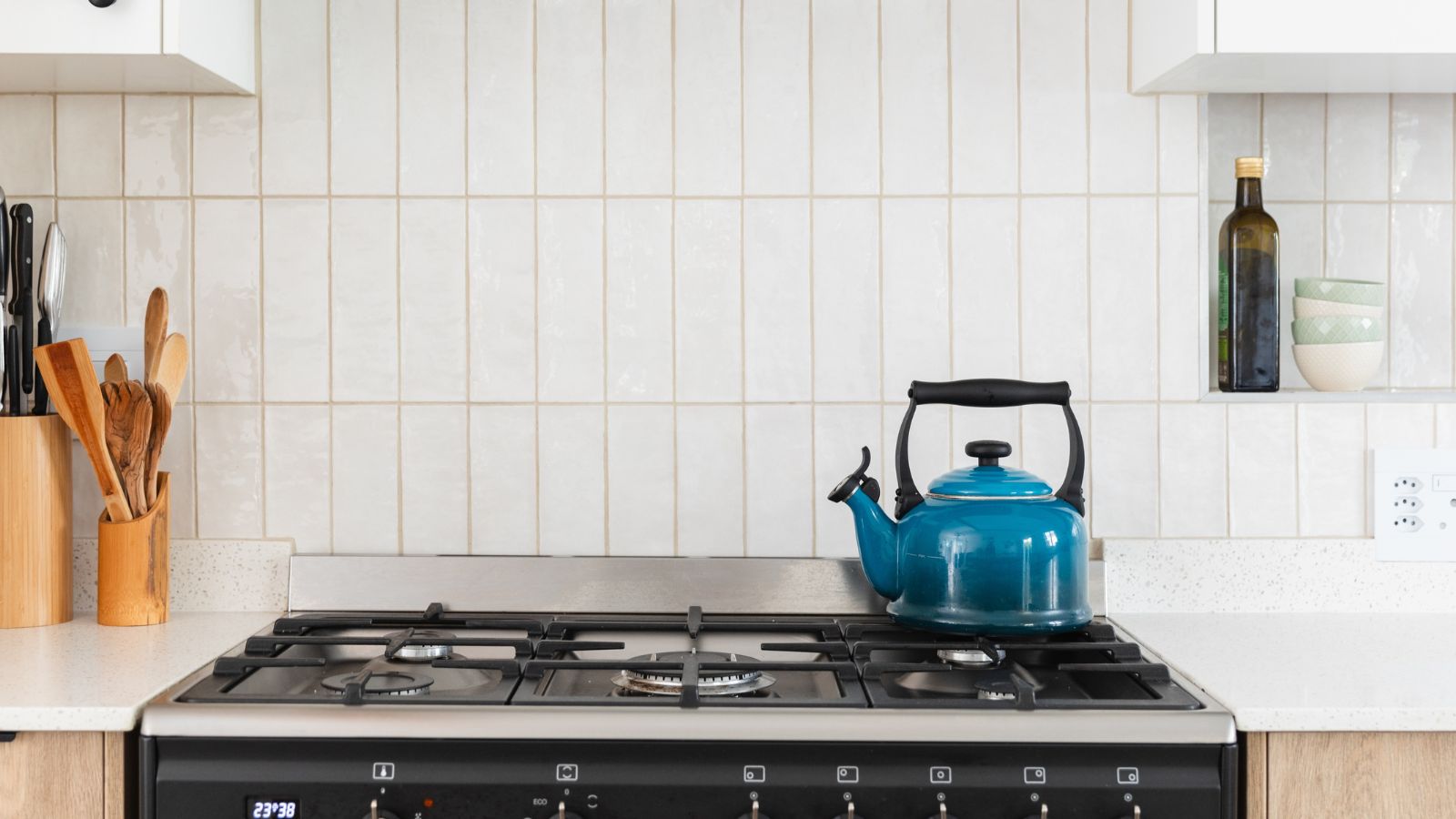
Gas stoves can release nitrogen dioxide, carbon monoxide, and other harmful gases that can irritate the lungs, especially for people who have respiratory conditions. Using exhaust fans, proper ventilation, or switching to electric or induction cooktops can improve air quality.
Synthetic Fragrances

Air fresheners, scented candles, and personal care products often contain synthetic fragrances that can trigger allergies, headaches, and respiratory issues. Opting for essential oils or natural alternatives can help maintain a fresh-smelling home without harmful chemicals.
Old or Dirty HVAC Systems

Heating, ventilation, and air conditioning (HVAC) systems can accumulate dust, mold, and bacteria, spreading allergens throughout your home. You should change air filters regularly, and hire a professional cleaning service to achieve better air quality.
Soft Furnishings and Flame Retardants

Couches, mattresses, and carpets may contain flame retardants, which release toxic chemicals over time, which have been linked to hormone disruption and developmental issues. If you can afford it, choosing organic or untreated furnishings and vacuuming with HEPA filters can reduce exposure.
Poorly Sealed Windows and Doors

Drafty windows and doors can allow outdoor pollutants, allergens, and moisture to enter your home, exacerbating respiratory issues. Sealing gaps, using weather stripping, and ensuring proper insulation can help maintain a healthier indoor environment.
25 Countries Predicted to Become Economic Superpowers in the Next 20 Years

The strength of an economy plays a crucial role in various international policies about trade and relations. Certain factors determine the strength of an economy, including population growth, availability of resources, and development and advancement. Here are 25 countries predicted to become economic superpowers in the next 20 years
25 Countries Predicted to Become Economic Superpowers in the Next 20 Years
